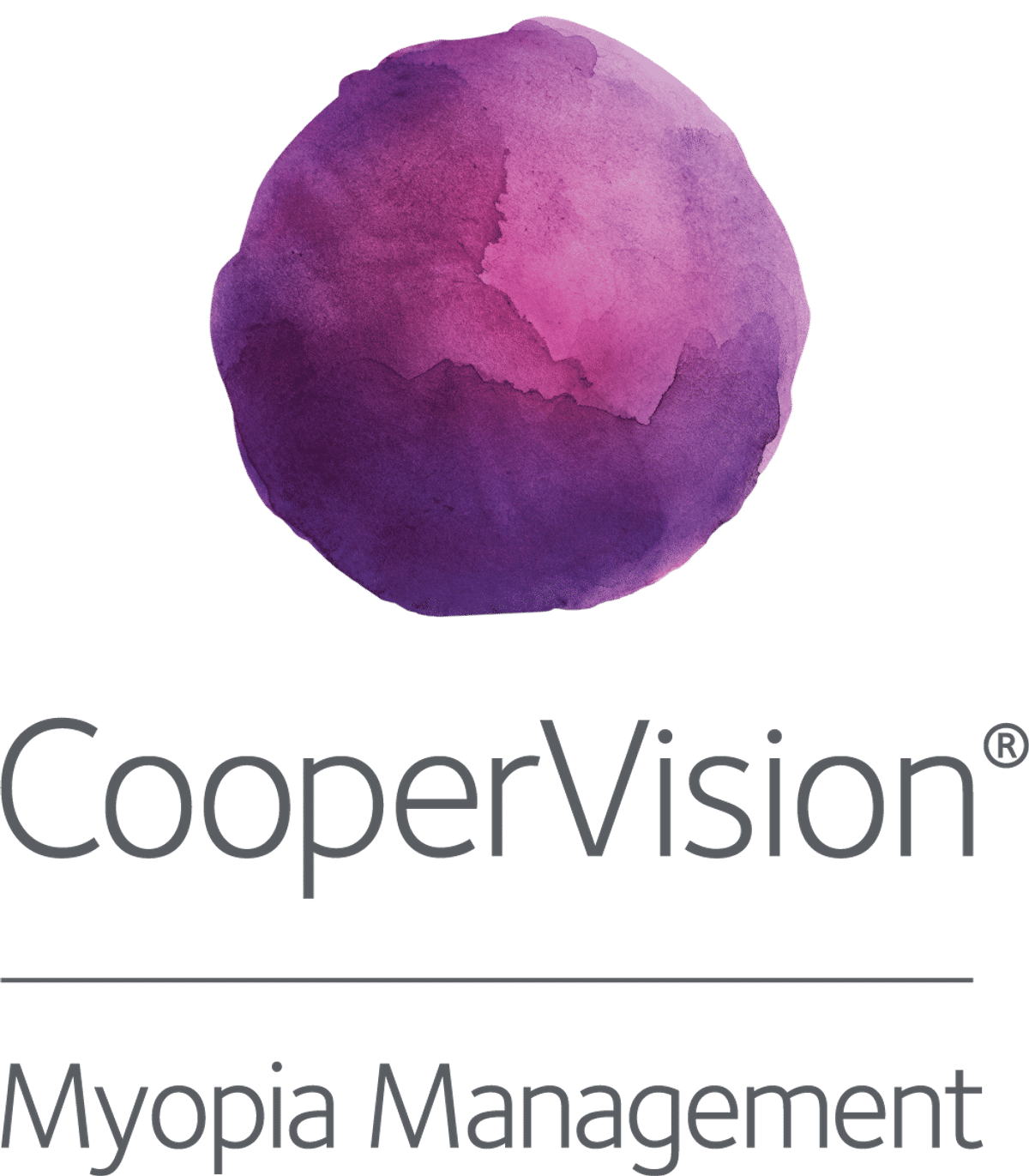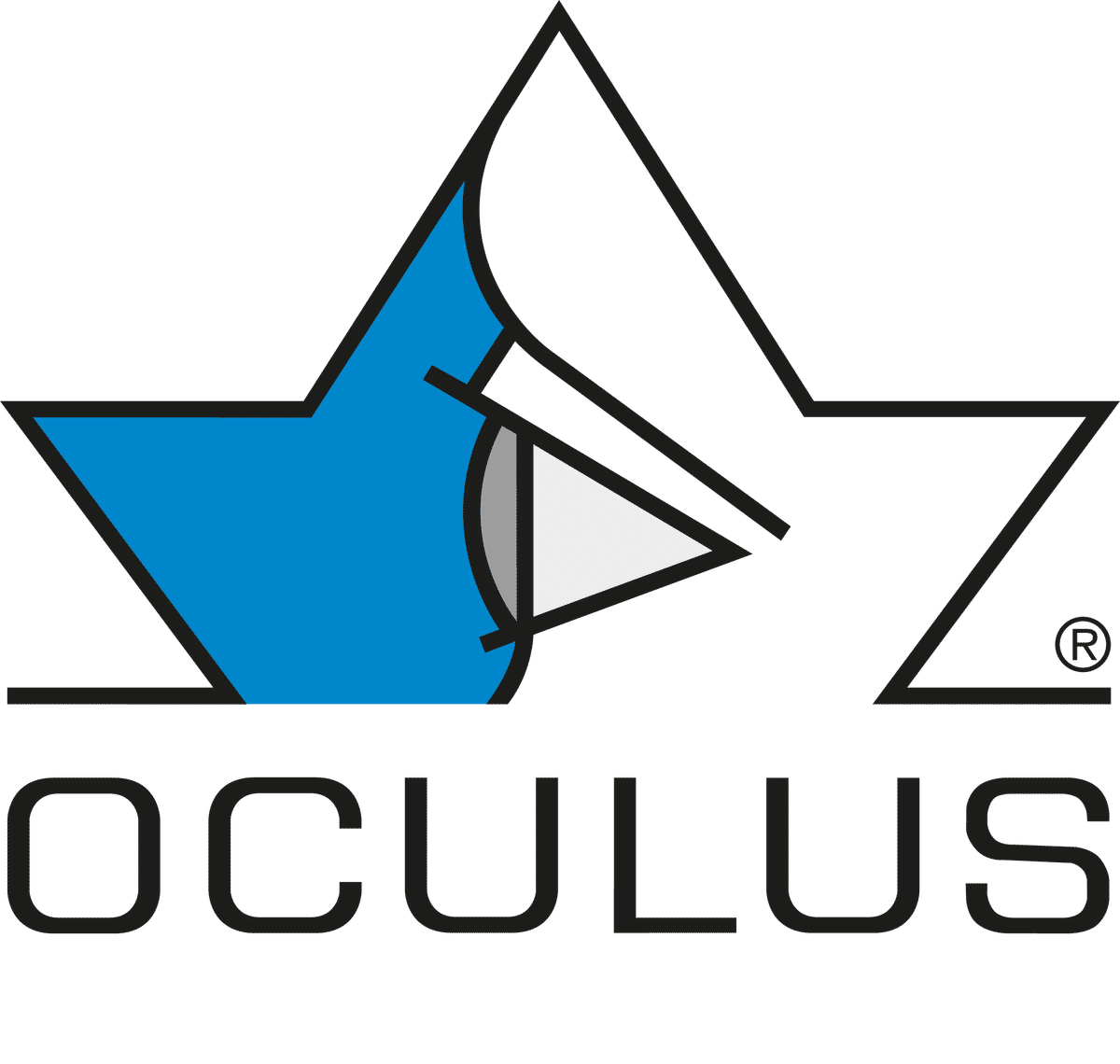Science
Reviewing the evidence for vitamin D in myopia control

In this article:
This study reviews evidence linking vitamin D status with myopia, particularly in children. It covers epidemiological, genetic, and mechanistic research, highlighting a possible protective effect of higher serum vitamin D. Findings are mixed, and further investigation is needed to clarify causality and clinical relevance.
Paper title: Vitamin D and myopia: a review
Authors: Yu C-Y (1), Dong L (1), Li Y-F (1), Wei W-B (2)
1. Department of Ophthalmology, Peking University Third Hospital, Beijing, China
2. Beijing Institute of Ophthalmology, Beijing Tongren Hospital, Capital Medical University, Beijing, China
Date: Published online February 18, 2024
Reference: Yu C-Y, Dong L, Li Y-F, Wei W-B. Vitamin D and myopia: a review. Int Ophthalmol. 2024;44(1):95.
Summary
Vitamin D has been proposed as a potential factor in myopia development, particularly in children, due to its link with time spent outdoors, which is thought to be protective against myopia. While the association between myopia and risk factors such as genetics, education, and near work is well established, the role of vitamin D remains unclear. Some researchers suggest that serum 25(OH)D concentration may independently influence myopia risk, while others propose it acts as a biomarker for outdoor exposure.
This review aimed to evaluate existing literature on the relationship between serum vitamin D levels and myopia, and to explore possible biological, environmental, and genetic mechanisms. The authors reviewed findings from multiple cross-sectional and cohort studies in paediatric and adult populations within the last decade. They also considered genetic studies related to vitamin D metabolism and reviewed proposed biological mechanisms involving calcium regulation and vitamin D receptor pathways. Key findings were as follows.
- Several paediatric studies showed that lower serum 25(OH)D levels were associated with increased axial length or more myopic refraction.
- Some large-scale adult studies did not find a consistent or independent association between vitamin D levels and myopia.
- Genetic studies on vitamin D pathway genes (e.g., VDR, CYP24A1) did not confirm a clear causal role for vitamin D in myopia. Proposed mechanisms include calcium regulation in the ciliary muscle and VDR-related pathways, but evidence remains inconclusive.
- Most studies agree that more time spent outdoors is protective, and vitamin D may serve as a biomarker rather than a direct cause.
What does this mean for my practice?
This review highlights a possible association between low vitamin D levels and myopia in children, but current evidence does not support vitamin D as a direct treatment. Instead, its role appears more likely as a marker of outdoor time—a well-established protective factor against myopia development.
Clinicians can continue to emphasise the importance of outdoor activity in myopia management, with this review reinforcing that time spent outdoors is backed by both biological and environmental evidence, and that vitamin D may play an indirect role in the protective effect.
What do we still need to learn?
This review identified several limitations in the current research on vitamin D and myopia.
- Most of the included studies were observational and cross-sectional, meaning they can show associations but not prove cause and effect.
- Many relied on serum 25(OH)D concentration as a surrogate for outdoor time, making it difficult to separate the direct role of vitamin D from other environmental factors.
- Confounding variables such as sunlight exposure, time spent outdoors, physical activity, diet, and socioeconomic status were inconsistently controlled across studies. Additionally, some studies used non-cycloplegic refraction or self-reported data, which may introduce measurement bias.
The review also notes inconsistencies in findings between children and adults, as well as between populations of different ethnic backgrounds and geographic locations. There are also very few longitudinal studies or randomised controlled trials exploring vitamin D’s effect over time.
Future research could adopt longitudinal and randomized controlled trials to further explore the independent effect of increased serum vitamin D on myopia onset and progression and its association with outdoor time.
Abstract
Myopia is a worldwide public health problem of vision disorder caused by multiple factors, which has posed a huge socioeconomic burden, raising concerns about sight-threatening ocular complications. Vitamin D, as a kind of fat-soluble vitamin, related to time-spent-outdoors, has been considered by extensive studies to have potential relationship with myopia. We reviewed studies published in a decade which estimated the association of blood vitamin D status with myopia and summarized the universality and individuality of all research articles. Several research articles suggested the known environmental risk factors of myopia, including age, gender, ethnicity, education level, parental and school conditions, time-spent-outdoors, and sunlight exposure, and recent epidemiological studies demonstrate that increased vitamin D levels, by virtue of the extended outdoor time, may be an important modifiable factor and a protective effect that delay the progression of myopia in children and adolescents rather than in adults. The genetic studies have been conducted to get access to the evidence of gene polymorphism for explaining the association of serum vitamin D status and myopia, but the precise genetic interpretation of vitamin D and myopia remains unclear so far; on the other hand, the possible mechanisms are various like copolymerization mechanism, calcium homeostasis and imbalance of ciliary muscle function regulation, but nearly all of the investigators are inclined to remain skeptical. This article reviews the age-related epidemiological proofs, existent genetics correlations, possible underlying biological mechanisms and further values for the protective association between vitamin D and myopia, providing the possibility of prevention or postponement for myopia.
Meet the Authors:
About Ailsa Lane
Ailsa Lane is a contact lens optician based in Kent, England. She is currently completing her Advanced Diploma In Contact Lens Practice with Honours, which has ignited her interest and skills in understanding scientific research and finding its translations to clinical practice.
Read Ailsa's work in the SCIENCE domain of MyopiaProfile.com.
Enormous thanks to our visionary sponsors
Myopia Profile’s growth into a world leading platform has been made possible through the support of our visionary sponsors, who share our mission to improve children’s vision care worldwide. Click on their logos to learn about how these companies are innovating and developing resources with us to support you in managing your patients with myopia.












